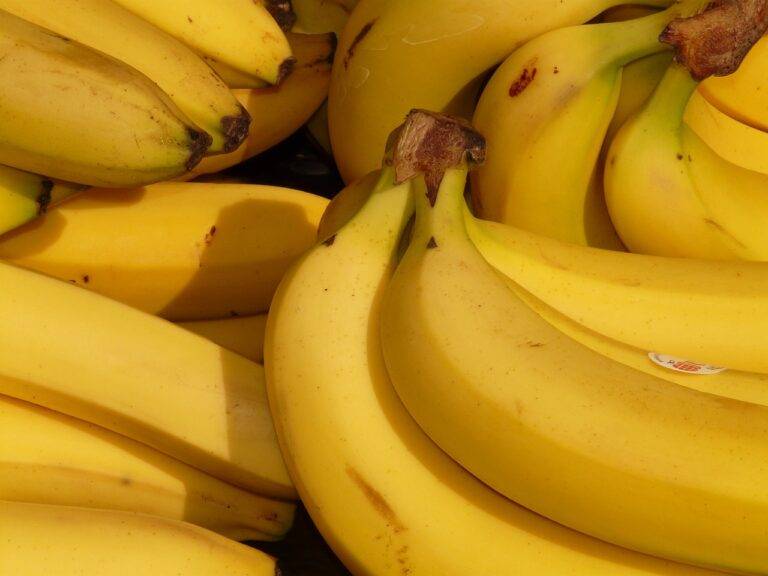The Evolution of Food Preservation Techniques: From Salt to Refrigeration
One of the earliest methods of food preservation utilized by ancient civilizations was salting. The process of salting involved covering or soaking food items in salt, which helped draw out moisture and inhibit the growth of bacteria. Salt was readily available and helped extend the shelf life of perishable foods such as meat and fish, allowing communities to store them for longer periods and withstand scarcity during harsh seasons.
Another common method of preserving food was through curing, a process that involved adding salt, sugar, and sometimes other spices to food items to preserve them. Cured meats and fish were often hung or stored in cool, dry environments to further enhance the preservation process. By extracting moisture and altering the pH of the food, curing prevented the growth of harmful bacteria and fungi, ensuring that the food remained safe to consume over an extended period.
Salting and Curing
Salting and curing are age-old methods that have been used for centuries to preserve a variety of foods. Salt, a natural preservative, dehydrates foods by drawing out moisture, creating an inhospitable environment for harmful bacteria to thrive. Additionally, salt enhances the flavor of meats and other foods, making them more savory and delicious.
Curing, on the other hand, involves the addition of various ingredients such as nitrates, nitrites, and sugar to the salt to further enhance preservation and flavor. Cured meats like bacon, ham, and sausages undergo a meticulous process where they are exposed to a mixture of salt and curing agents before being left to age for a specific period. This process not only ensures the longevity of the food but also imparts a unique taste and texture that is highly sought after in many culinary traditions.
Fermentation
Fermentation is a traditional method of preserving food that has been used for centuries by various cultures around the world. This process involves the conversion of sugars in food into alcohol or organic acids by microorganisms such as bacteria, yeast, or molds. These microorganisms help in breaking down the food components, which not only preserves the food but also enhances its flavor and nutritional value.
Fermentation is commonly used in the production of foods like yogurt, cheese, sauerkraut, kimchi, sourdough bread, and pickles. The fermentation process can also increase the shelf life of food products and make them easier to digest. Moreover, fermented foods are known to contain probiotics, which are beneficial for gut health. The unique tastes and textures that fermentation creates in foods have made them popular choices not only for preservation but also for culinary enjoyment.





